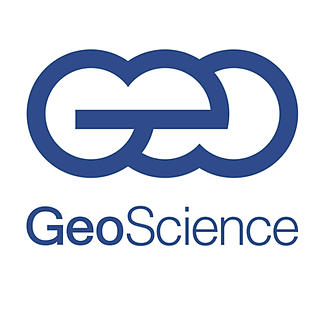45 years of geothermal in Cornwall - some unanswered questions from Tony Batchelor
- GeoScience Limited
- Nov 8, 2018
- 3 min read
Authors: Dr Tony Batchelor (Chairman) & Suzie Doe (Graphics & Outreach)
From Rosemanowes to United Downs......
Some of the staff from GeoScience Limited have been at the forefront of geothermal exploration and technology in the UK for over 40 years. These staff were involved in the Hot Dry Rock (HDR) project back in the 1980s, and are now working on the next chapter.
Now that the United Downs Deep Geothermal Power (UDDGP) project is drilling there are a few questions that a lot of people have been asking about the previous HDR project; dubbed the ‘grandfather of geothermal’ by Sir Tim Smit, Dr Tony Batchelor gives some answers;
Why did the project at Rosemanowes come to an end?
Rosemanowes was a jointly funded experiment by the UK Department of Energy and the EU operated by the Camborne School of Mines (CSM). The original work started at CSM in November 1973. We had various multinational collaborations including staff from the USA. The aim of the project was to test if we could circulate water through the Cornish granite and extract heat.

That was achieved and it led to sufficient learnings to plan to go deeper. The EU ran a ‘competition’ between Rosemanowes and a site in France near Strasbourg called Soultz sous Forets. The EU chose Soultz because it appeared that it would significantly hotter than Cornwall; as it turned out when the holes were drilled, it was not.

Several of the staff from Cornwall and some of the equipment were transferred to Soultz. There was some continued follow up work in Cornwall before the work wound down. Soultz now has a small power plant operational.
What happened to the staff working on the HDR project?
A small group of us formed GeoScience with the support of an American geothermal company with a view to go much deeper in Cornwall and work on geothermal projects internationally. We had several failed attempts to get a deep project started until Geothermal Engineering Ltd (GEL) began to develop their ideas. GeoScience is a shareholder and technical partner with Geothermal Engineering and GeoScience staff are heavily involved with the new work. It could be viewed as the natural extension to Rosemanowes.
Top to Bottom: Dr Robin Curtis, Peter Ledingham, Dr Tony Batchelor, Jon Gutmanis
How is the UDDGP concept different to the HRD concept?

Hot Dry Rock or HDR was a concept that was originally conceived by staff at the Los Alamos Scientific Laboratory in the late 1960s early 1970s. The original concept was that you could drill deeply at any location to reach high temperatures and then artificially link the wells together by ‘fracking’ to circulate water to produce energy anywhere. The work at Camborne School of Mines from 1973 had shown that the natural fracturing in the rock was a key feature that had to be utilised and understood to link the wells on a big enough scale. The work at Los Alamos (Fenton Hill), Rosemanowes and, latterly , elsewhere showed that to be the case which made the problem one of understanding how natural fracture networks at depth are connected. That work continues.
To circumvent the problem UDDGP decided to drill into an area that was known to be fractured and produce hot water in the Cornish mines. UDDGP is drilling into the Porthtowan Fault Zone in the Carharrack/St Day area to reach fractures thought to be capable of producing heat at 180-190 Degrees Celsius naturally and using the hot water to drive a small generator as proof of concept for Cornwall.

If the UDDGP project proves successful the work from CSM and GEL will accumulate to provide a viable, commercial concept, or will provide more knowledge and experience of the deep unknown!













Comments